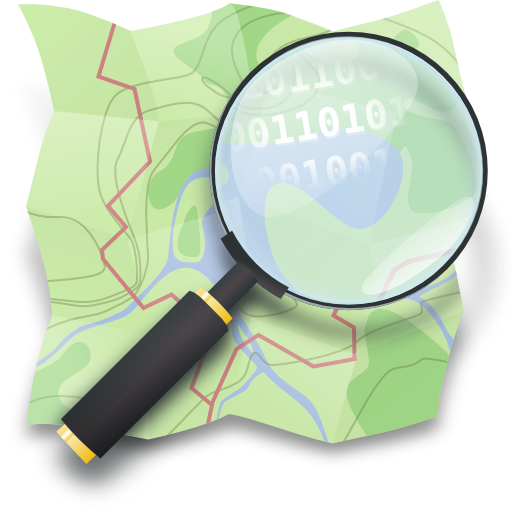I’m often unsure how to rate the surface quality of an inherently rough surface, like sett, paving stones or cobble stone.
Question 1: These surfaces are defined by having seams. So would it ever be right to rate them as ‘seamless’?
Or should we rate them as ‘seamless’ when they only have the expected amount of seams? Especially cobblestone makes me wonder, which usually comes with large seams and a rough and irregular surface.
Question 2: Tactile paving for blind people. Does that make a surface rough for you? In a way, that’s literally how this paving becomes tactile, right?
Question 3: A pedestrian crossing going over a traffic isle (but marked as one continuous path). Assuming otherwise perfect surfaces, does it have ‘cracks’ (since it goes over 4 curbs), and a ‘rough surface’ if it has tactile paving?
Question 4: The marked entitiy is a wide area, not a narrow path. You’re asked to rate it’s surface quality. The area is mostly flat and smooth, but has some cracks and potholes in a few localized spots.
Do you mark it as ‘a little bumpy’ because that’s how it would feel if you walk/bike over the bad spots? Or do you mark it as ‘perfect’, because it’s easy to find a way through without encountering any obstacles?
Question 1: These surfaces are defined by having seams. So would it ever be right to rate them as ‘seamless’?
I would say that something like cobblestone could be called seamless if the overall ‘pattern’ flows throughout, and there isn’t any obvious place where it breaks. It’s not so much “more than the expected number” of seams, because there would be a seam there anyway, but a bigger picture idea of two separate stretches of cobblestone pattern meeting versus one unbroken cobblestone pattern.
Question 2: Tactile paving for blind people. Does that make a surface rough for you? In a way, that’s literally how this paving becomes tactile, right?
Yes, it’s rougher terrain, by definition, because it’s less smooth.
Question 3: A pedestrian crossing going over a traffic isle (but marked as one continuous path). Assuming otherwise perfect surfaces, does it have ‘cracks’ (since it goes over 4 curbs), and a ‘rough surface’ if it has tactile paving?
It has rough surfaces and smooth surfaces. Since the surfaces are otherwise perfect, they have no cracks.
Question 4: The marked entitiy is a wide area, not a narrow path. You’re asked to rate it’s surface quality. The area is mostly flat and smooth, but has some cracks and potholes in a few localized spots.
If there are cracks and potholes, it’s clearly not perfect, so don’t rate it as such regardless of the ease of finding a path. It’s also not bumpy, because it’s flat and smooth. You should rate it something like “mostly flat and smooth, but has some cracks and potholes in a few localized spots.” Probably 4/5, going off your description.

